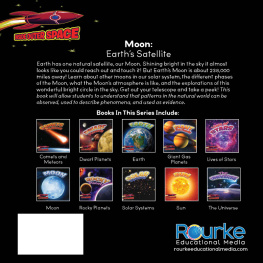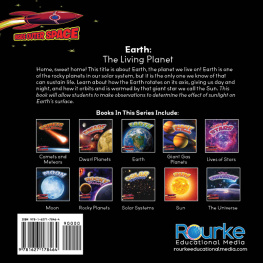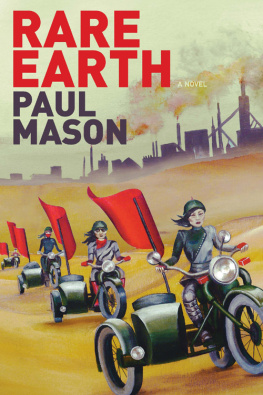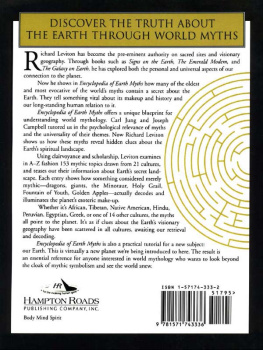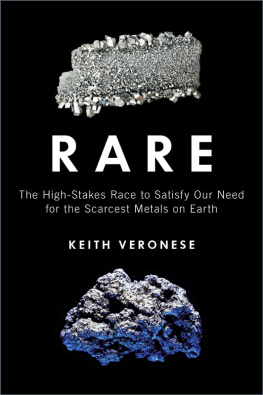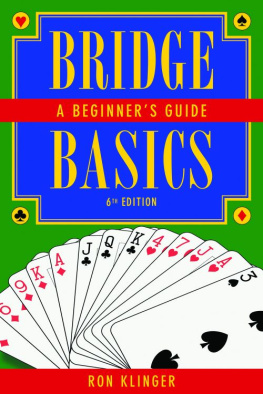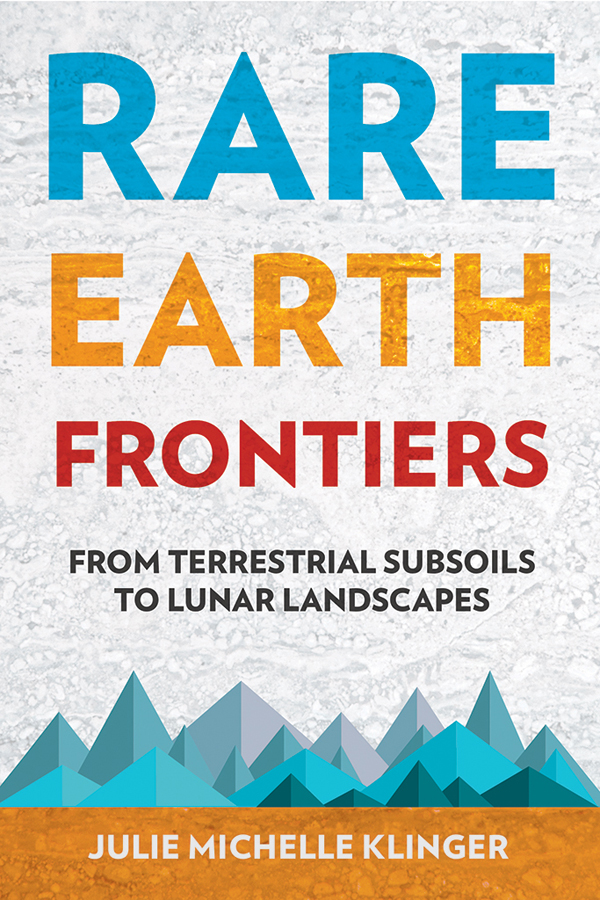To the people of Bayan Obo, and Baotou, whose waters, soils, and bodies have borne a burden few outside of rare earth mining regions can imagine; to the people of So Gabriel da Cachoeira; to those devoting their lives to more just and sustainable regimes of rare earth production and consumption; this work is humbly dedicated to you.
Acknowledgments
The creative and often surprising ways that people get involved in a project of this scope would, I suspect, be worthy of its own novel, but with these few words I wish to acknowledge those principal characters without whose support this book would not be.
To Michael Watts, Nathan Sayre, Harley Shaiken, Paola Bacchetta, Richard Walker, and You-tien Hsing at the University of California, Berkeley, and to Kenneth Pomeranz, at the University of Chicago. Thank you for your kind mentorship.
To those who hosted me at various research institutions throughout the duration of this project, a special thank you to Alexandre Barbosa at the University of So Paulo Institute of Brazil Studies; to Wu Baiyi at the China Academy of Social Science Institute of Latin American Studies; to Liu Weidong at China Academy of Science Institute of Geographic Sciences and Natural Resources Research; to Bi Aonan at the China Academy of Social Science Research Center for Chinese Borderland History and Geography; to Yang Tengyuan at the Inner Mongolia Autonomous Region University; to Ingo Richter, Sabine Berking, and Stefanie Schafer of the Irmgard Coninx Stiftung at the Wissenschaftszentrum Berlin. Without the home away from home that you provided, this work could not have been accomplished.
For funding, it has been an honor to have this research supported by the East Asian Career Development Professorship Award at Boston University, the National Science Foundation Graduate Research Fellowship Program, the University of California, Berkeley Department of Geography, and the Irmgard Coninx Stiftung in Berlin.
To those who provided the critical administrative support to keep this enterprise running, thank you to Elaine Bidianos, Christian Estrella, and Noorjehan Khan at Boston University, and thank you to Marjorie Ensor and Natalia Vonnegut at University of California, Berkeley.
To my excellent research assistants, thank you to Tara Moore at Boston University and Wang Xingchen in Inner Mongolia and Beijing for helping me track down all manner of archival sources. For typing support while I recovered from an injury to both of my arms, thanks to Jenna Hornbuckle and Nick Scheepers. For excellent graphic design work, thank you to Molly Roy. For all manner of technical support, thank you to Nick Bojda.
To my circle of writers, thank you for your companionship and solidarity, especially Noora Lori, Jessica Stern, Manjari Miller, Saida Grundy, Ashley Farmer, Cornel Ban, Kaija Schilde, and Renata Keller. To my dear friends and fellow geographers, for your camaraderie and companionship over the years, especially Shaina Potts, Zo Friedman-Cohen, Meleiza Figueroa, Annie Shattuck, Mary Whelan, Aharon de Grassi, Anne Bitsch, and Danny Bednar.
To those whose love and hospitality provided a warm respite amid the more intense periods of fieldwork, thank you. To Ward Lynds and Zhang Yazhou, my dear friends of fifteen years in Changchun. To Brendan and Angela Acord in Beijing, my beloved bon vivants. To Jeffrey Warner, Yang Weina, and Zhao Qiuwan in Shanghai. To Gustavo Oliveira in Braslia, and to my dear Brazilian family, whom I had the good fortune of encountering in both Brazil and China. our long conversations, celebrations, and laughter sustain me. Renato, Dulcinea, Daniela, Guilherme, Kika, Manuela, Anahi, and most of all, Jos Renato Peneluppi Jr. To my intellectual godparents, mentors, and dear friends, Joshua Muldavin and Monica Varsanyi. Thank you for lighting my way and sharing so much of your lives with me, from Beijing to New York City.
To my family, thank you for your love, encouragement, and zest for adventure. As long as I can remember, youve told me to go far, be brave, have fun, and do the right thing. I will always do my best to make you proud.
To my dear spouse, life partner, and best friend, Nick Bojda. Thank you for every single conversation, for circling the globe with me, and for not only enduring long absences but cheering me through them. Your love and support mean the world to me.
Portions of chapters 1 and 2 appeared in earlier form in Historical Geography of Rare Earth Elements. From Discovery to the Atomic Age, The Extractive Industries and Society 2, no. 3 (2015): 57280. Portions of chapters 1 and 3 are reprinted from The Environment-Security Nexus in Contemporary Rare Earth Politics, in The Political Economy of Rare Earth Elements. Rising Powers and Technological Change, edited by Ryan David Kiggins (New York: Macmillan, 2015), 13355. Thank you for supporting my scholarly work.
Finally, I am immensely grateful for the support provided by my editor, Jim Lance, and the publishing team at Cornell University Press. Thank you for your stewardship over this project.
All translations in the text are my own, as are any remaining errors or shortcomings. Except where indicated in the text, this book uses metric measurements. Large volumes are measured in tonnes, the singular of which is a unit of mass equal to 1,000 kilograms. These are not to be confused with the American ton, which is a unit of mass equal to 907.2 kilograms, or 2,000 pounds.
Introduction
WELCOME TO THE RARE EARTH FRONTIER
Non-availability means that resource conflict is an immediate threat with negative short- and long-term geostrategic consequences.
Rare Earth Elements World Report (June 21, 2012)
The problem we face on earth is that beyond their scarcity, these elements are not evenly distributed throughout the world. We need to disrupt this market. By finally being able to reach the Moon and harvest the resources that are there, we can overcome the scarcity of rare earth elements and create the infrastructure necessary for innovation to continue.
Naveen Jain, Founder of Moon Express (May 24, 2012)
Unfortunately, strategic metals are among those perennially misunderstood policy issues with strange lives of their own. The myth of shortage simply refuses to die.
Russell Seitz and Jerry Taylor (July 28, 2005)
Rare earths are not rare. Because they were unknown at the time of their discoveryas most things arethey were presumed to be rare. Such faulty thinking would shape the political life of these elements from the moment they were first identified in 1794 until the present.
It is true that rare earths are so thoroughly integrated into our everyday lives that just about everything would grind to a halt without them. They enable both the hardware and the software of contemporary life to be lighter, faster, stronger, and longer ranging. The incredible array of essential applications will be discussed later, but the good news is that rare earth elements are not at all rare on earth. These seventeen chemically similar elements, distinguished by their exceptional magnetic and conductive properties, abound in Earths crust. The bad news is that minable rare earth deposits coincide with all sorts of other hazardous elements: uranium, thorium, arsenic, fluoride, and other heavy metals.


